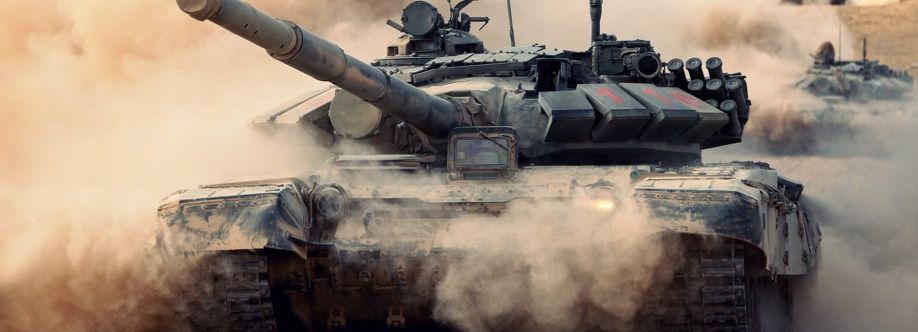This is the most common tank in the German army. It was one of the Key Players in the Blitzkrieg military doctrine In Africa, however, the Panzer three was by far the most common German light tank. The Panzer 3 is also known as the Panzer kamp fwagen, meaning armor battle vehicle in English. It was Upgraded and innovated to many variants Ranging from Tracks to engine to arnaments. This is one of the many tanks that revolutionized the standardization of Equipping tanks with the Anti Tank Gun the Pak 36.
Yes That’s Right they keep on slapping Bigger and Bigger guns from the panzer 3 to the Tiger 2.

The A7V, which was classified as a heavy tank, was a German tank that first appeared in 1918 during World War One ! In early 1917, one hundred chassis were ordered. Ten were utilised as armoured battle vehicles, while the others were deployed, as Überlandwagen goods transports! The number of armoured units was eventually increased to 20
From March through October 1918, they were in battle ! They were the only tanks built by Germany during World War One , that were utilized in combat !
In September 1916, the German War Ministry established a commission, to explore tank development under the authority of the Allgemeines Kriegsdepartement, Abteilung 7 Verkehrswesen called "General War Department, Section 7, Transportation in English ! Joseph Vollmer, one of Germany's most renowned vehicle designers, was tasked with designing and building the first German tank !
The first tank-on-tank fight in history took place near Villers-Bretonneux on April 24, 1918, when three A7V , including chassis number 561, known as Nixe, were participating in an infantry charge when they encountered three British Mark 4 tanks, Two female machine gun-armed tanks and one male with two 6-pounder guns !
In post-World War 1 literature, the Renault FT is frequently referenced as the FT-17
The French light tank FT17 (or something similar) was one of the most revolutionary, and significant tank designs in history!
The FT was the first manufacturing tank, to integrate a completely rotating turret with its weaponry!
The Société des Automobiles Renault Renault Automobile Company, one of France's main automobile manufacturers at the time and now, designed and manufactured the FT.
It's conceivable that Louis Renault started working on the concept as early as December 21, 1915!
The Renault FT's crew compartment in the front, engine compartment in the back, and main armament in a spinning turret became ,and still is, the standard tank layout!
As a result, some armored warfare historians have dubbed the Renault FT the world's first modern tank. !!
The Renault is powered by a 4.5 litre 4-cylinder thermosiphon water-cooled engine ! Engine oil pump, Zenith carburetor with presets, and Magneto ignition !
At 1500 RPM, it produces 39 horsepower!
It has a range of 37 miles and a top speed of 4.3 miles per hour !
The Renault FT could navigate very steep hills ,without losing power since the engine was intended to run normally under any slant !
The engine's radiator fan provided effective internal ventilation, by drawing air through the front crew compartment of the tank , and forcing it out through the back engine compartment
This is the mighty BMPT, a Russian armored fighting vehicle that is armed to the teeth and specialised for anti-infantry work in urban environments. Sprawling with missiles, autocannons and grenade launchers, the BMPT has been given the unofficial nickname “Terminator”. The BMPT was designed specifically to solve this – with plenty of gun elevation and enough weapons for any potential target. The BMPT only entered service with Russia in 2018
Tanks are essentially weapons platforms that make the weapons mounted in them more effective by their cross-country mobility and by the protection they provide for their crews. It was a weapon designed for one simple task, crossing the killing zone between trench lines and breaking into enemy.
